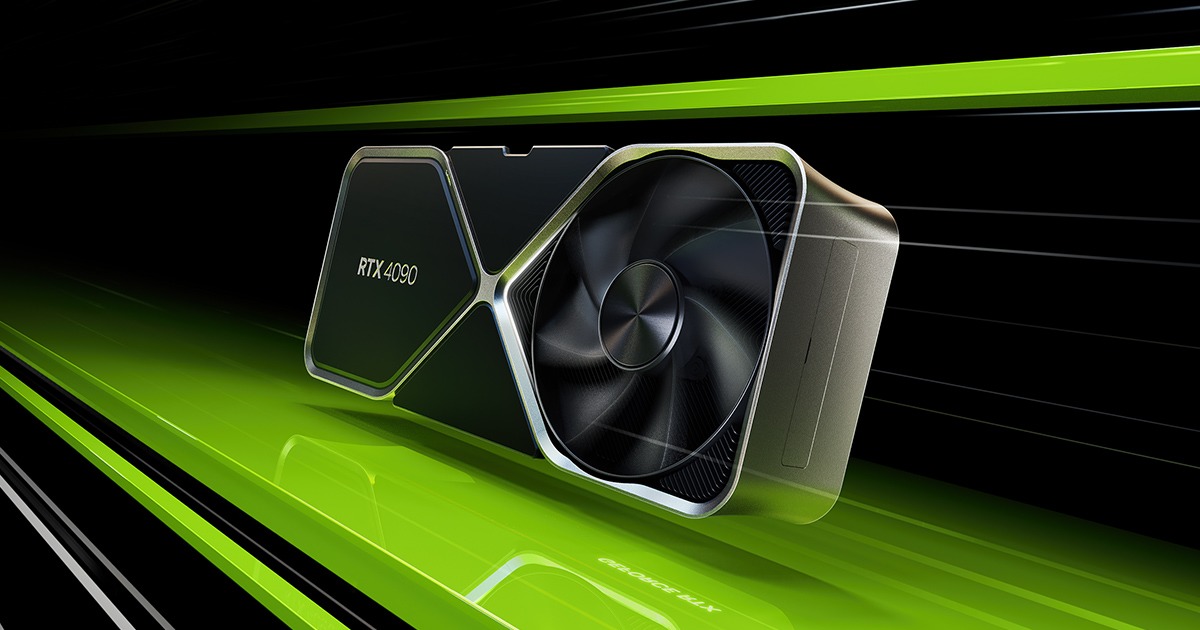In the ever-evolving world of PC gaming, NVIDIA’s RTX 40 series GPUs stand out as a pivotal advancement. Launched amid high anticipation, these graphics cards leverage the Ada Lovelace architecture to deliver unprecedented performance. Gamers and tech enthusiasts alike have been buzzing about how these GPUs push the boundaries of what’s possible in virtual worlds.
At the core of the RTX 40 series is DLSS 3 technology, which uses AI to upscale images in real-time. This means smoother frame rates without sacrificing visual quality. For instance, in demanding titles like Cyberpunk 2077, players can achieve over 100 FPS at 4K resolution with ray tracing enabled. Compared to the previous RTX 30 series, the efficiency gains are remarkable, with up to 4x performance improvements in ray-traced scenarios. This isn’t just about raw power; it’s about making high-end gaming accessible to more users.

Key Features Driving Innovation
One standout feature is the enhanced ray tracing cores. These allow for more realistic lighting, shadows, and reflections, immersing players deeper into game environments. Take Alan Wake 2, where dynamic lighting creates eerie atmospheres that feel lifelike. Coupled with AV1 encoding support, content creators benefit from better video quality during streams and recordings, reducing bandwidth needs without quality loss.
Power efficiency has also seen a boost. The flagship RTX 4090, while power-hungry at 450W, offers superior performance per watt. This matters for users building compact rigs or those mindful of energy costs. NVIDIA’s Frame Generation tech interpolates frames, effectively doubling FPS in supported games, which is a boon for competitive esports where every millisecond counts.
Impact on Gaming and Beyond
Beyond gaming, these GPUs excel in creative workflows. Professionals in 3D rendering, video editing, and AI tasks find the tensor cores invaluable. Software like Blender and Adobe Premiere Pro runs faster, cutting down project times significantly. For gadget lovers, pairing an RTX 40 GPU with a high-refresh-rate monitor unlocks the full potential of modern displays.
However, availability and pricing remain challenges. High demand led to scalping issues at launch, with MSRPs starting at $599 for the RTX 4060 up to $1,599 for the 4090. Budget-conscious gamers might opt for mid-range models, which still outperform older generations handily.
Looking ahead, the RTX 40 series sets the stage for future innovations. As developers optimize games for these capabilities, expect more titles with advanced AI-driven features, like procedural generation in open-world adventures. NVIDIA’s ecosystem, including GeForce Experience for easy optimizations, ensures users get the most out of their hardware.
In summary, the RTX 40 series isn’t just an upgrade; it’s a leap forward that redefines PC gaming standards. Whether you’re a hardcore gamer or a casual enthusiast, these GPUs promise experiences that were once the stuff of science fiction.